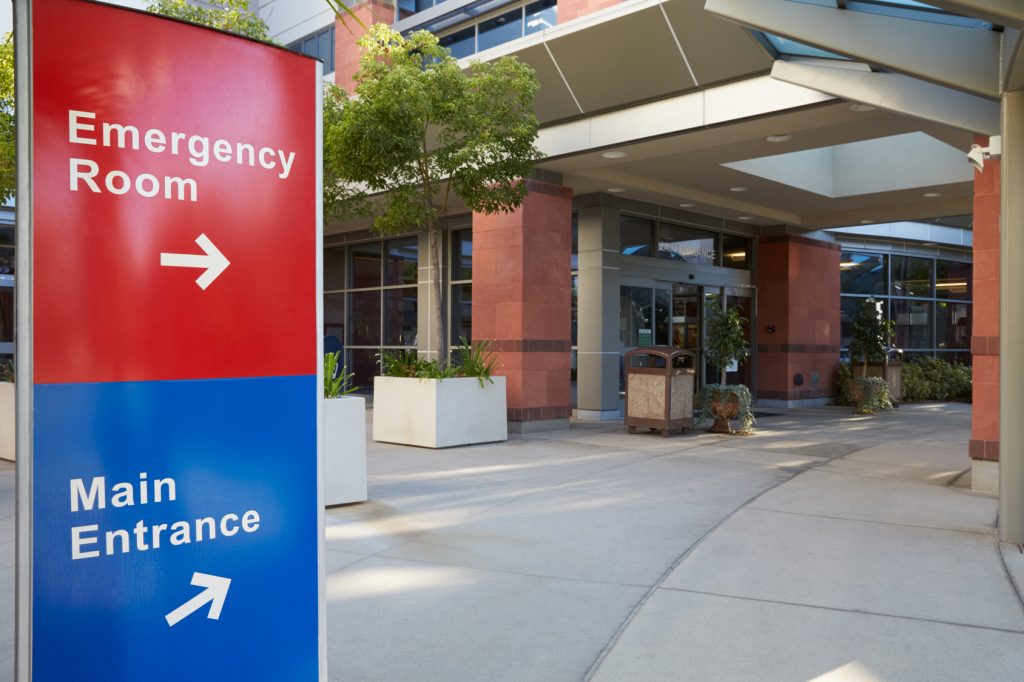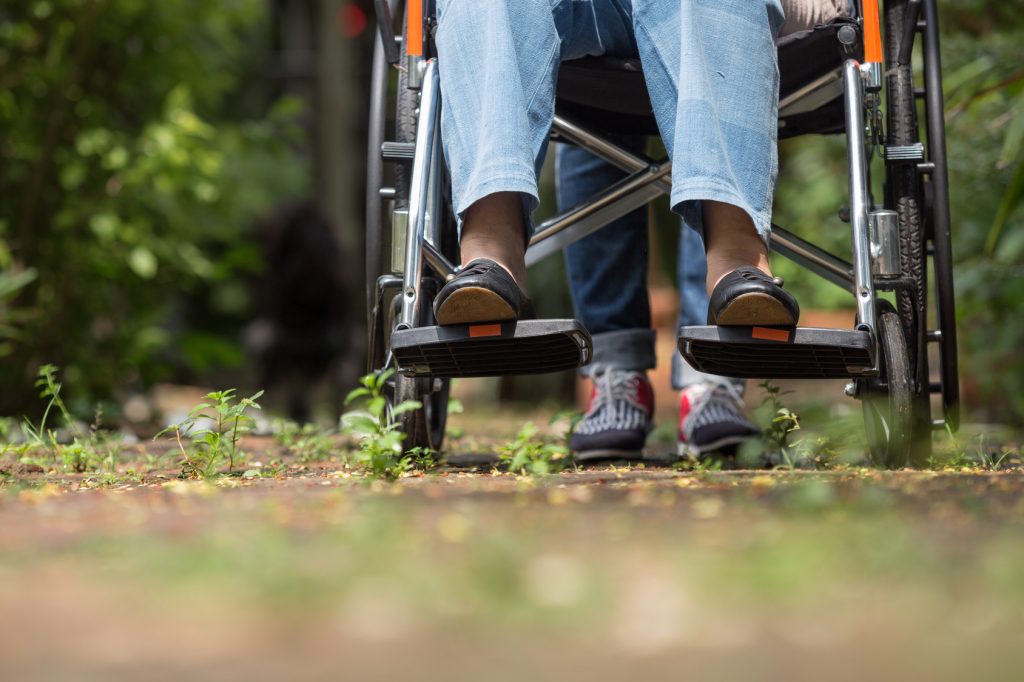rural
TagFCC Sets Vote on $100M Telehealth Program for Rural U.S.
The FCC will vote next month on a $100 million program that aims to expand telehealth to rural patients and veterans by funding technology for providers.
A Day in the Life of a Rural Nurse Practitioner
While the exact daily responsibilities vary according to the type of clinic or office where an NP works, most rural NPs enjoy a great deal of autonomy while performing a wide range of tasks.
Training New Doctors Right Where They’re Needed
In 2010, the Affordable Care Act created 57 teaching health centers nationwide to serve areas with large unmet medical needs, and to begin to alleviate the primary care doctor shortage.
Beyond “To Close Or Not To Close” Rural Hospitals
There’s not only a health gap widening between urban and rural areas, but also a growing gap between the way systems of health work in different areas of the country.
Thriving as a Nurse in Underserved Communities
What’s it like working as a nurse in an underserved community? What skills and qualities should nurses have in order to succeed in this area?
Rural Americans, Hospitals Disproportionately Hurt by ACHA
Medicaid expansion was associated with a 4-percentage point increase in operating margins for rural hospitals.
Diabetes and Rural Areas: Pharmacists Identify Neuropathy
The incidence of diabetes is 17% higher in rural areas than it is in cities.
What’s Working in Rural Care Like? One PA Tells All.
When I was in school, being a rural PA was my dream. Now that I’m living it, I wanted to tell you a little about my experience.





